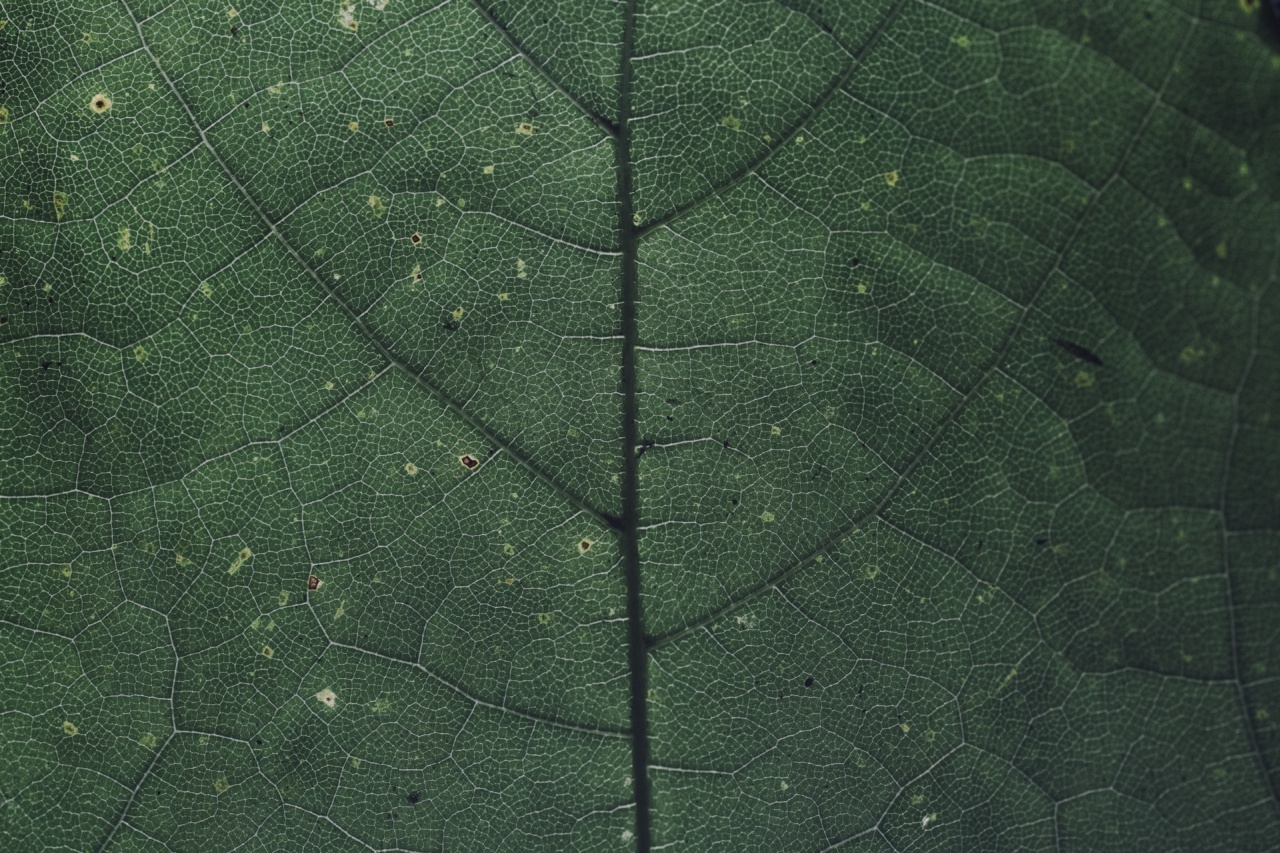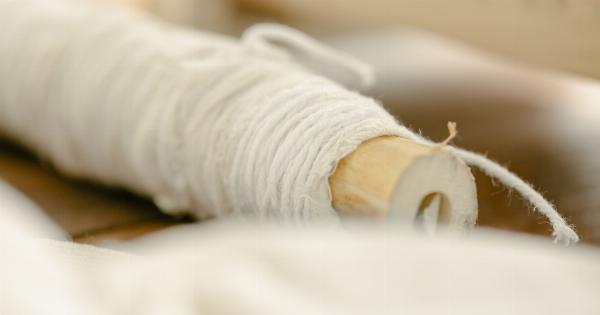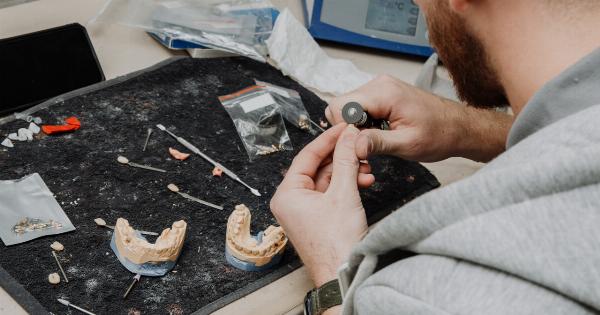Varicose veins are a common yet bothersome condition that affects millions of people worldwide. Characterized by swollen and twisted veins, varicose veins primarily occur in the legs and can cause discomfort, pain, and even aesthetic concerns.
While various treatment options exist, a revolutionary glue method has emerged as a game-changing approach to treating varicose veins effectively and safely.
What Are Varicose Veins?
Before delving into the revolutionary glue method, let’s first understand what varicose veins are. Veins are responsible for carrying blood back to the heart, and they contain one-way valves that prevent the blood from flowing backward.
However, when these valves become weak or damaged, blood can pool in the veins, causing them to enlarge and become varicose.
The Impact on Quality of Life
Varicose veins not only pose cosmetic concerns but also impact an individual’s quality of life. Many sufferers experience pain, aching, and swelling in their legs, which, if left untreated, can worsen over time.
Additionally, varicose veins can lead to complications such as skin ulcers, blood clots, and in severe cases, deep vein thrombosis (DVT). Therefore, seeking appropriate treatment is crucial.
Conventional Treatment Methods
Traditional treatment options for varicose veins include conservative measures and invasive procedures.
Conservative approaches involve lifestyle modifications, such as regular exercise, elevation of legs, wearing compression stockings, and weight management. While these methods may provide temporary relief, they often fail to address the root cause of the problem.
Invasive procedures, such as vein stripping or laser ablation, aim to remove or seal the affected veins. While effective, these treatments can be invasive, involve a longer recovery period, and may carry risks, such as nerve damage or scarring.
The Introduction of the Glue Method
The revolutionary glue method, also known as venous closure with cyanoacrylate (VenaSeal™) adhesive, has gained significant traction in recent years.
This minimally invasive treatment offers a quicker recovery and improved outcomes compared to conventional procedures.
Understanding the Glue Method Technique
The glue method involves inserting a catheter into the affected vein under ultrasound guidance. Once in position, a special medical adhesive, cyanoacrylate glue, is delivered inside the vein.
The glue quickly solidifies, sealing the vein shut and rerouting blood flow to healthier nearby veins. Over time, the treated vein is naturally absorbed by the body, eliminating the source of varicose veins.
Advantages of the Glue Method
The glue method presents several advantages over traditional treatments:.
- **Minimally invasive:** The procedure requires only a small incision, minimizing scarring and reducing the risk of complications.
- **Quick and convenient:** The glue method can be performed in an outpatient setting, and patients can typically resume their normal activities immediately.
- **Improved outcomes:** Clinical studies have demonstrated high success rates, with significant improvement in symptoms and aesthetic appearance.
- **Reduced risk of nerve injury:** Unlike some traditional procedures, the glue method has a lower risk of damaging surrounding nerves.
Considerations and Candidacy
While the glue method provides numerous benefits, it may not be suitable for everyone. An initial consultation with a qualified vascular specialist is necessary to determine candidacy.
Factors such as the size, location, and severity of varicose veins, as well as a patient’s overall health, will inform the suitability of the glue method for each individual.
Recovery and Aftercare
Following the glue method, patients typically experience minimal discomfort and can resume their normal activities almost immediately. However, it is essential to follow post-procedure instructions provided by the treating physician.
This may include wearing compression stockings for a specified period and refraining from strenuous activities for a short time.
Potential Side Effects and Complications
As with any medical procedure, the glue method carries some potential risks. These can include minor bruising, tenderness, skin discoloration, or inflammation at the incision site.
However, serious complications are rare, and the glue method boasts an excellent safety profile overall.
Revolutionizing Varicose Vein Treatment
The revolutionary glue method has provided a groundbreaking alternative to traditional treatment options for varicose veins.
With its minimally invasive nature, quick recovery, and exceptional outcomes, this cutting-edge technique offers hope for millions of individuals struggling with varicose vein symptoms.
Conclusion
If you suffer from varicose veins and have been considering treatment options, the glue method could be the answer you’ve been seeking.
Consult with a qualified vascular specialist to determine if you are a suitable candidate for this revolutionary technique. Reclaim your comfort, confidence, and quality of life with the most advanced varicose vein treatment available today.






























